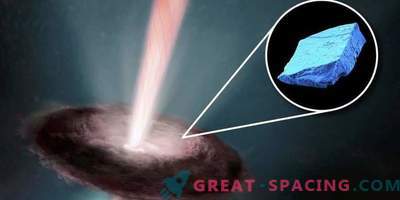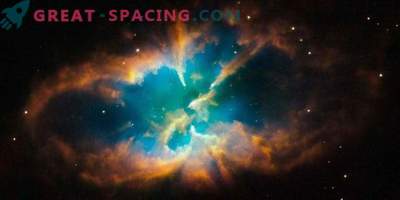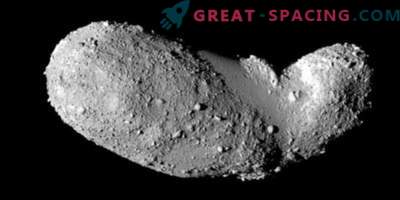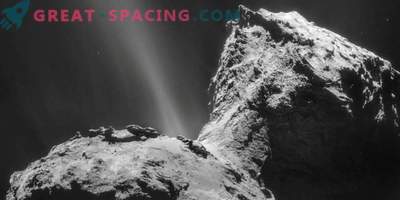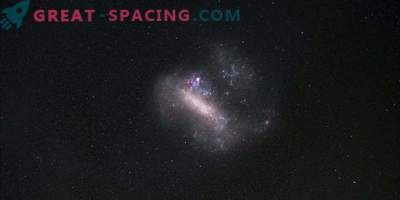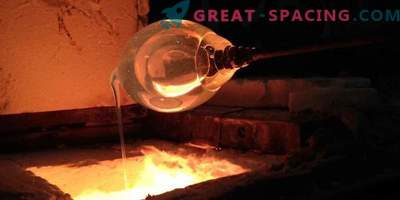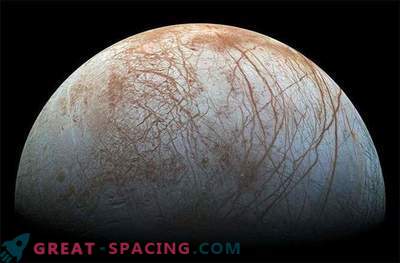
Solar Protoplanetary Nebula
A group of researchers was able to detect the mineral silica (quartz) in a primitive meteorite. This is an important finding, as it contains direct evidence of the condensation of silicon dioxide in the protoplanetary disk of the Sun and provides new clues to understand the formation and evolution of our star. Although previous IR spectroscopic reviews suggested the existence of silicon oxide in young and newly formed T Tauri stars and representatives of the asymptotic giant branch (AGB) in their last phase of life, no evidence of silica solid state condensation was detected in primitive meteorites from the early stage of the Solar System.
The researchers studied the primitive meteorite Yamato-793261 (Y-793261) - carbonaceous chondrite found on an ice field near Yamato during the 20th Japanese Antarctic Research Expedition in 1979. The degree of crystallinity of organic matter in Y-793261 indicates that it has not been subjected to thermal metamorphism. That is, the object retains the minerals and textures of its nebular origin, providing records of the early system. The main component of chondrites is refractory inclusions, which are formed at high temperatures and are the oldest solids of the solar system. Refractory inclusions are divided into calcium-aluminum inclusions (CAI) and amoeboid olivine aggregates (AOA). Scientists have noticed AOA in Y-793261 with typical AOA minerals and superrefractory (extremely high temperatures) minerals of scandium and zirconium, together with quartz (formed at a relatively lower temperature regime). Such a variety of minerals hints that AOA condenses from nebular gas to solid matter in a wide temperature range of 1500–900 ° C.
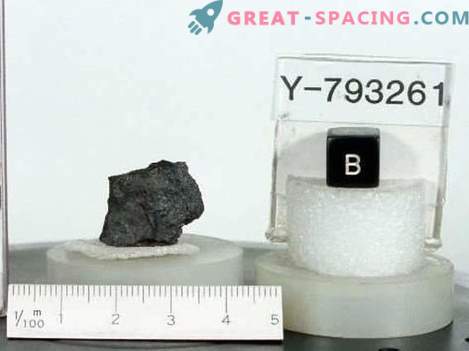
Primitive meteorite Y-793261
They also found that quartz in the AOA has an oxygen isotopic composition close to that of the sun. This isotopic composition is typical for refractory inclusions as a whole, which indicates their formation near the proto-Sun (1 a. E. - 1/10 of the Earth-Sun distance). The presence of this isotopic composition in Y-793261 suggests that quartz appeared at the same point of the solar nebula. But the condensation of silicon dioxide from the nebula gas is hypothetically impossible if the minerals and gas are in equilibrium during the condensation period. This discovery proves that AOA is formed from a rapidly cooling gas. Since the poor for quartz minerals were concentrated out of gas, the latter changed the composition, becoming richer in quartz, until the quartz became stable and crystallized. Scientists believe that Y-793261 is derived from an astronomical object, located next to (162173) Ryugu. Now the Japanese spacecraft Hayabusa-2 is following the last. Ryugu is believed to have the same properties as Y-793261. His study will provide more data on the early solar system.
